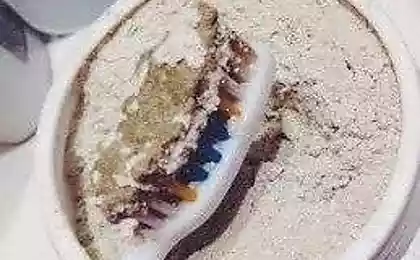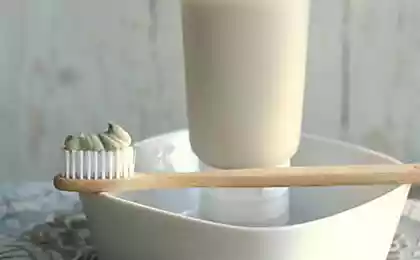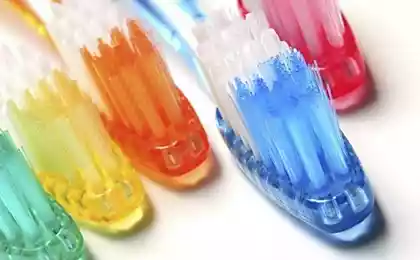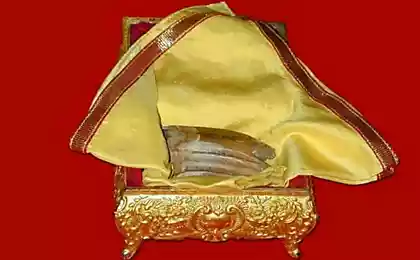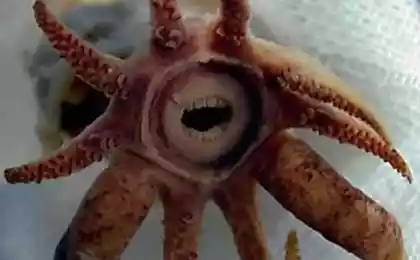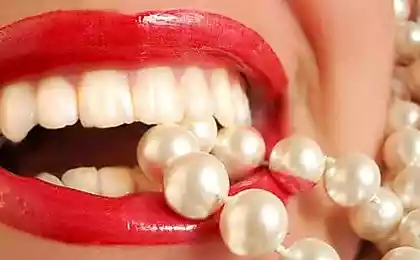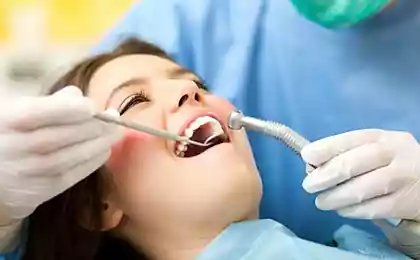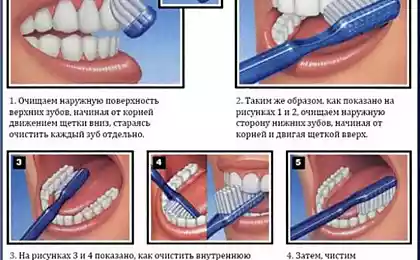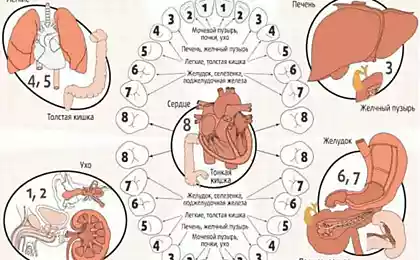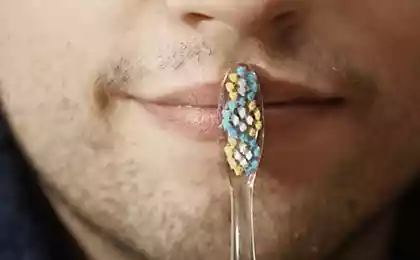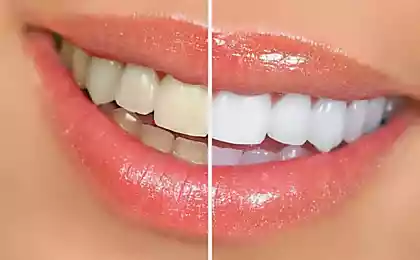1502
Production crowns

Let's start with history!
The patient needs a crown for molars of the lower jaw on the left side when facing the patient. For ease of communication between doctors and technicians put the numbering of each tooth. To medical jargon, 46 (read - four six).
Workflows can be symbolically divided into several stages:
1. Manufacture of plaster models.
2. Direct simulation of the tooth.
3. Metal Casting.
4. Processing and fitting crowns.
After the doctor prepared tooth for a crown, it makes the whole impression of the mandible. Likewise, the top (opposite).
It looks like this:

Further prints fall into the hands of a dental technician. The resulting information it translates into real models.
General model is not only a working instrument for the manufacture of dental work, it is also the representative object of the dental work. Should therefore be taken for granted that the model is embedded in the highest accuracy and eliminated the error no matter what kind of system based on work performed.
Omitting the details, I will say that for me it is the most difficult - making cut model, which perfectly visible border between the machined part of the tooth and the one that remains under the gum intact. Very often, this step in the process chain has to be repeated because of the quality of the print (blood, saliva - the factors that directly affect the quality).
Opposite jaw is cast in plaster immediately, without any changes and modifications.
A jaw with "our" tooth slightly modified, so that you can safely remove the tooth from the model and work with them separately.
Using a special (with laser sight) Drill machine, a mirror image of the future model plastic cap.

Insert the pins (pegs) and fill with plaster imprint, covering his cap.

After drying, remove the plaster impression,

Grind the dental arch

and cut into segments.

In this case 5 parts. Then grind the tooth to which the crown will be made. Exempt from the "excess" of gypsum located below the border. In the photo, the arrow indicated boundaries.

Thereafter prepared shtumf coated with a thin layer of glue "seconds", then applied a special varnish that plays the role of cement, rather, fills the space it will then take between the tooth and the crown.

Putting the model, connect the jaws together and placed in the articulator: the device that simulates a human skull, and in particular the location and relationship of the jaws to each other (primitive).
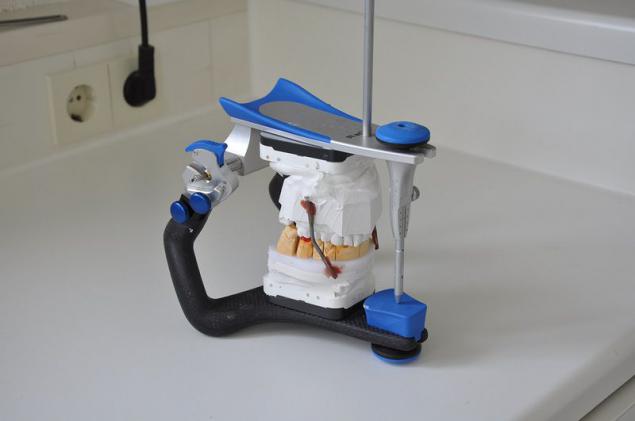
Proceed to the next step, and more particularly to modeling itself.

Used wax medium. Next, we put the wax and "cut off" all superfluous, reproducing the anatomical shape of the tooth. We pay special attention to contacts with the adjacent teeth and opposing - antagonists.

Modeled tooth.

Upon completion of the simulation is soldered to the crown an additional reservoir for metal. Anchoring the entire structure of the socket and put in a special form.
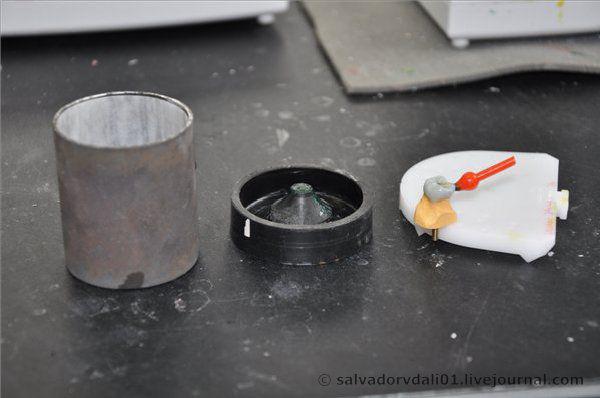
Fill the special mass,

give a dry 30 minutes in an oven. Furnace model holds up to 4, 5 hours, warmed up to 20 ° C to 920 ° C.

Metal (Co 61%, Cr 32%, Mo 5 5% and others. Metals).

Metal special vacuum furnace in which after melting the preheated hot put like shape (all of the wax has already fading) and pour the metal into the mold under pressure.

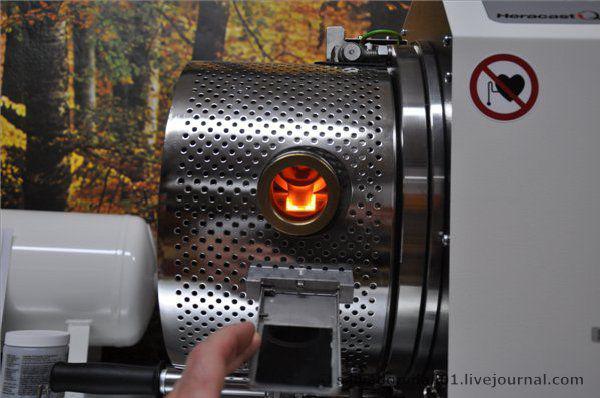
The crown is ready, give it to cool.

remove it and sandblasting.

Cut off the excess and customize crown on shtumf, the edge of the crown should fit snugly to shtumfu, process the chewing surface of the tooth, and contacts in a circle, polishing.

Check the contacts in the articulator, with the help of the foil thickness of 8 μ, must foil with light pressure to stretch and tear.

Completed crown.


One small inaccuracy in any of these steps leads to fatal consequences. Crown or "does not sit down" or "does not hold." There is a third scenario, over the years, the patient starts to hurt chewing joint. P.S. Unfortunately, this work due to an error (fault physician assistant specialist was made without contact with the adjacent teeth, as a consequence of the teeth moved into the resulting free space, the crown did not fit into available space for her) work has been fully replicated.

Now you know how your teeth will do if you do not take care of them properly.
--img27--
Source: kak-eto-sdelano.livejournal.com






